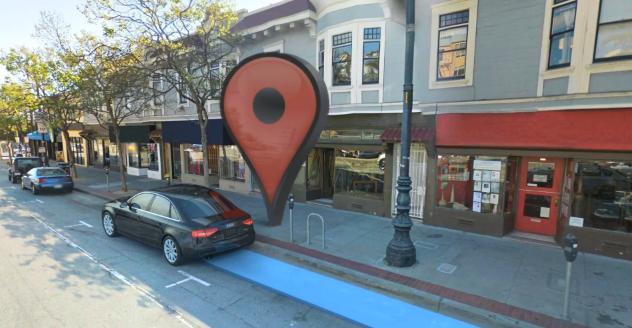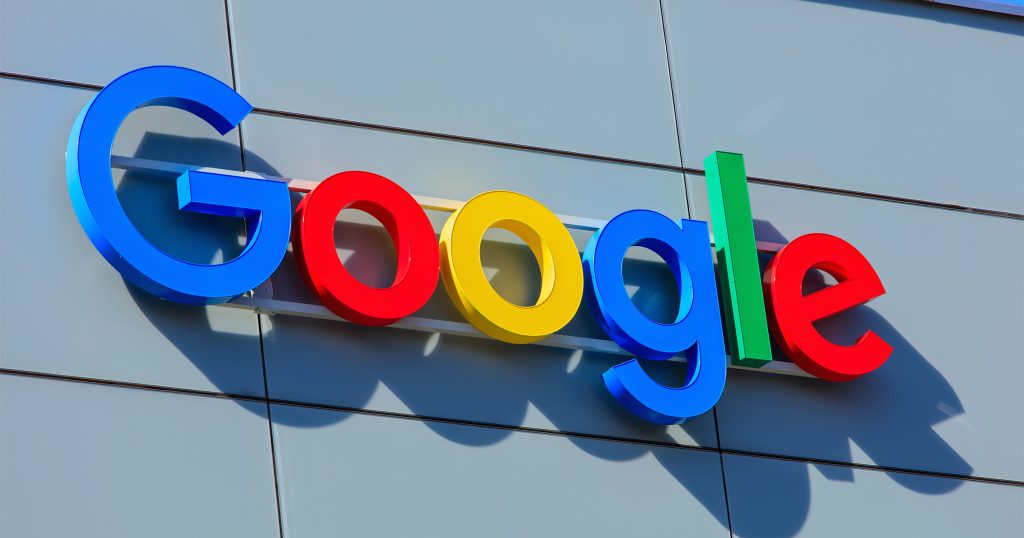Inter-connectivity is about to go big. Finally, instead of auxiliary and USB cables, we will very soon have proper integration between our smartphones and automobiles.
The Wall Street Journal reported that Google, in response to Apple’s announcement in June, will be partnering German carmaker Audi to develop in-built entertainment and information systems integrated with their popular smartphone OS, Android.
According to WSJ, this is the beginning of a digital race.
Thilo Koslowski, an analyst at Gartner goes on to explain that “the car is becoming the ultimate mobile device”, and Apple and Google are lining up allies for the war for automobile dominance.
This is the snapshot of the lineup as of 2013.
Apple: BMW, Mercedes, GM, Ferrari, Honda, Nissan, Kia, Hyundai, Infiniti
Google: Audi, Tesla
Although the lineup seems to say that Apple has won the race, the reality may be far from that. At this nascent stage, anything can happen. Less we forget that Google has been working on the driverless car for years. Other than that, Google has also been investing in on demand private chauffeur service Uber, and acquired live traffic company Waze at a billion dollar price tag. All of these are important pieces which reinforces and builds the automobile ecosystem for Google.
What is driving a car in the near future going to look like? Here are 5 things we are banking on happening over the next few years.
1. The end of CDs
The first thing you are likely to notice is the complete demise of those shiny round things. I’m talking about the total replacement of music CDs by softcopy music files (MP3, WAV, m4a) and internet radio (8tracks, Spotify).
With 3G/4G connectivity via your smartphone, virtually any song would be within reach. Couple that with voice commands via Siri and Android’s equivalent apps, pulling up any song would become as easy as asking for it.
“Play Christmas classics”…
(moments later)
Chestnuts roasting on an open fire…
This is going to be great.
2. Death of auxiliary and USB
The interface for connecting your smartphone to your car will definitely see improvements, and this would be the end of messy USB/auxiliary cables as we know it.
Taking its place is likely a docking station, which combines interfacing with the ability to charge your phone. And as on board computers get upgraded, your car might even be able to automatically be tethered to 3G/4G via your smartphone, pulling software updates.
3. The Never-lost car

The premise for this movie would soon be virtually destroyed. Ok, I’m exaggerating.
Parked in an open air space and can’t seem to find your car when you’re ready to head home? The near future may hold the solution to forgetful owners and their “lost” cars.
If the integration between smartphone and car is deep, it is likely that your smartphone can navigate through the carpark for you and facilitate a happy reunion. No more looking like hamsters in the carpark.
4. All hands on deck
Get in the car, dock your smartphone, drive. Got an incoming message? They would be read out, and replies could be made using voice recognition. Got an Incoming call? Reject or accept it with a voice command.
Even more interesting is the ability to instantly call up someone else for a follow up after a conversation. John just called and asked for the latest copy of that newsletter you’ve been working on with Martin? Ask your car to get you in touch with Martin — with your voice.
I could get used to this.
5. Amazing GPS navigation
As it stands, smartphones, enabled by Google Maps Navigation, are already the default navigation device for use in cars. However, safety remains an issue when using smartphones to navigate because they are often not affixed on the windscreen.
The first step towards safer GPS-aided navigation is already here. Garmin’s HUD (heads up display) projects directions onto the windscreen to prevent moments where your eyes stray away from the road.
As a first step, that’s great. But something bigger is upon us, I reckon. Something much safer and way cooler — have you seen the view from inside a fighter pilot’s helmet?
Yes, I’m talking about directions projected directly onto your windscreen that matches the road. That way, we never have to interpret directions again. We simply follow them.

This certainly is exciting news with many interesting implications. On the whole, I’m expecting a complete hands- and eyes-free driving environment to become an industry standard very soon.
Also read: Flying cars are now a reality – set to launch in 2015














